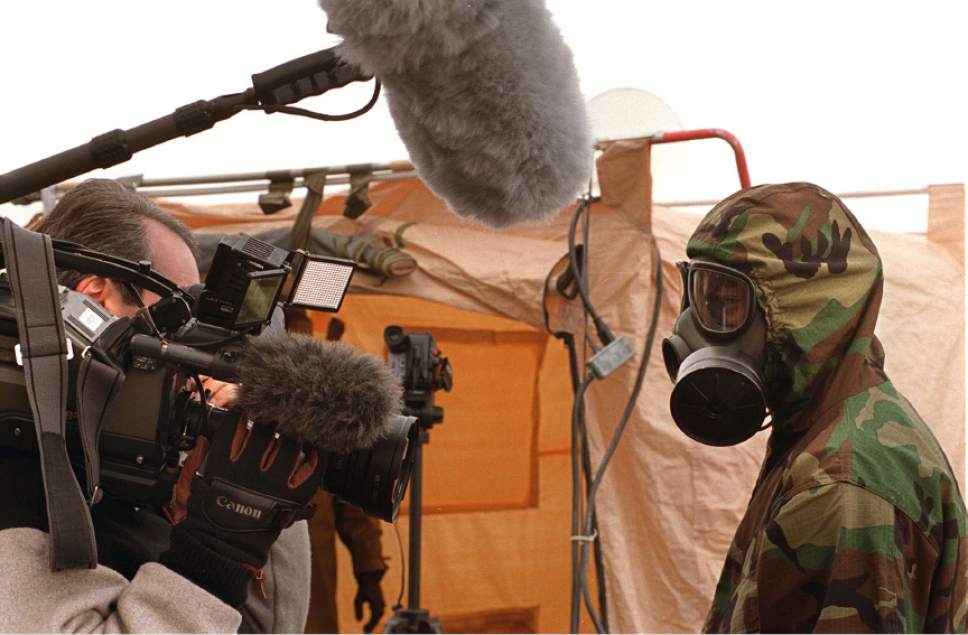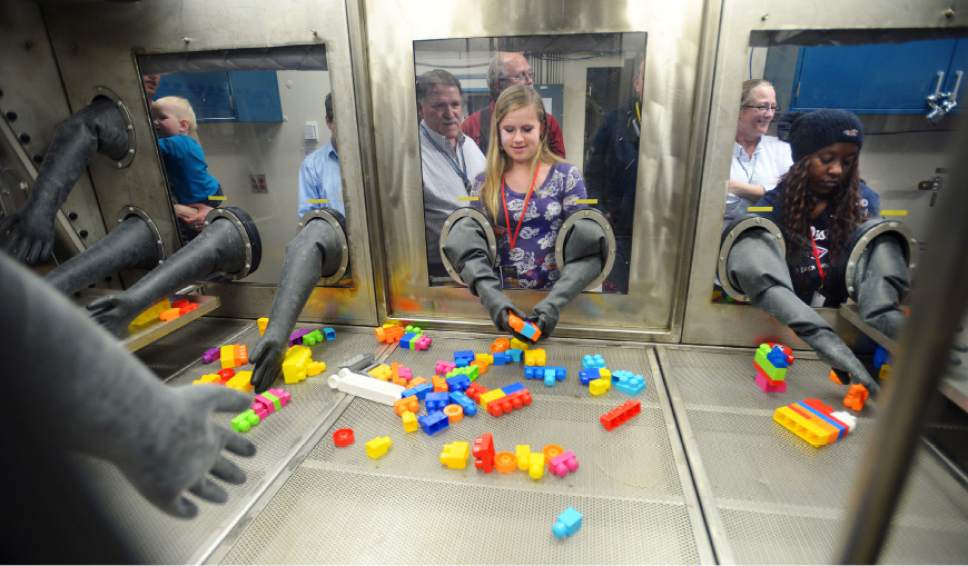This is an archived article that was published on sltrib.com in 2016, and information in the article may be outdated. It is provided only for personal research purposes and may not be reprinted.
In an investigation spurred by errors at Utah's Dugway Proving Ground, a government watchdog agency says laboratories across the country lack standards for neutralizing pathogens and documenting their failures.
The U.S. Government Accountability Office found 21 incidents between 2003 and 2015 when government and private labs shipped live biological agents that were supposed to have been made inactive. That is 11 more incidents than the labs themselves reported, says the GAO report, which was released last week.
The number of live shipments could be even higher because there is no standardized form for reporting such incidents, nor even scientific agreement on when a pathogen is rendered inactive, the report said. No one agency is responsible for overseeing what are called "high-containment laboratories" that work with the pathogens.
The GAO report tries to invoke some urgency, saying the number of such laboratories is expanding and that a national strategy needs to be developed to monitor them.
Those 21 episodes do not include what happened at Dugway, though that Army research facility in Utah's West Desert is mentioned throughout the GAO report.
At Dugway, according to an Army investigation released last year, 575 shipments of live anthrax were sent to 194 domestic and foreign laboratories over 12 years. The Army blamed problems with the science, as well as faulty equipment, and what it called a culture of complacency at Dugway. There were no reports of the anthrax sickening anyone.
"Several other incidents involving incomplete inactivation of pathogens have occurred in the United States in recent years, potentially exposing people to dangerous pathogens that can cause infectious diseases," Timothy Persons, chief scientist at the GAO, said in prepared remarks delivered Tuesday to the House Energy and Commerce Committee.
The GAO report found eight examples in which other types of labs shipped live anthrax, too. There also were examples of shipping live Ebola, equine encephalitis and dangerous bacterias.
The report makes frequent references to a lack of documentation in both the science of deactivating the pathogens and tracking laboratory errors. The GAO found fault with the Centers for Disease Control and Prevention, the National Institutes of Health and the U.S. Department of Agriculture, all of which oversee various labs and have not instituted needed safety protocols.
The GAO consulted with the National Academy of Sciences to examine problems with the process of making the agents inactive. They found that not enough research had been done on various ways of neutralizing the pathogens — from pouring iodine in test tubes to exposing test tubes to radiation — and of determining when the pathogens are capable of repairing themselves.
The report recommends revising and standardizing everything from the deactivation process to testing to the reporting of errors.
Twitter: @natecarlisle













